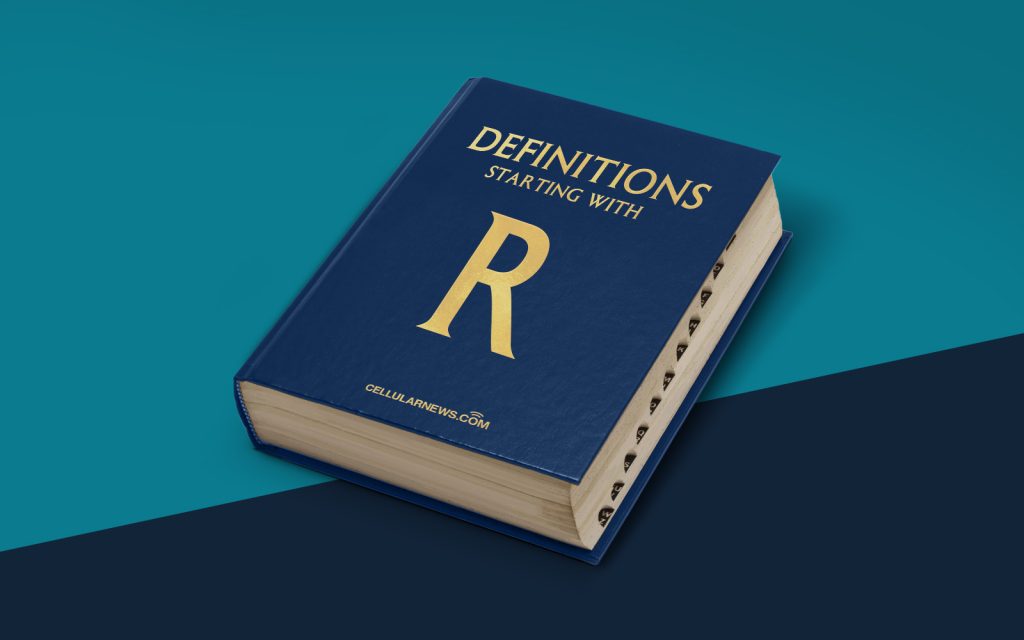
Unlocking the Mystery: Raw Device Mapping (RDM)
Welcome to our “Definitions” series, where we dive into complex tech terms and break them down into easily digestible nuggets of information. In this installment, we’ll be exploring one such term that may have left you scratching your head: Raw Device Mapping (RDM). What exactly is RDM, and how does it affect your data storage and management? Let’s find out!
Key Takeaways:
- RDM allows virtual machines to directly access and interact with physical storage devices.
- It offers more flexibility for certain applications that require direct access to hardware resources.
Imagine a virtual machine (VM) as a tiny universe, completely contained within your physical server. These VMs need storage resources to hold their data, but in a conventional setup, they are given virtual disks that reside on the server’s datastore. While this works well for most applications, there are scenarios where direct access to physical storage devices is crucial. That’s where Raw Device Mapping comes in.
Raw Device Mapping (RDM) is a mapping technique that allows a virtual machine to gain direct access to a physical storage device, bypassing the virtual disk layer. Put simply, it establishes a direct path between the VM and the storage device. When an RDM is created and presented to a VM, it appears as if the VM has exclusive ownership and control over the underlying physical storage.
But why would you want to use RDM, when virtual disks are the norm? Here are a few key reasons:
- Performance: Certain applications, such as high-performance databases or virtualized file servers, require direct access to the underlying hardware without any additional layers that might introduce latency or overhead. RDM allows them to achieve optimal performance by bypassing the virtual disk layer.
- Compatibility: Some advanced features, such as clustering or replication, may not be fully supported when using virtual disks. By opting for RDM, you can ensure compatibility and take full advantage of these features with your virtualized environment.
Implementing RDM involves a few steps. First, you need to create a mapping file, which acts as a proxy representing the physical storage device. Then, you attach this mapping file to the virtual machine. Once linked, the VM can directly read from and write to the underlying storage using the RDM.
It’s important to note that RDM does have some limitations. The most significant one is that RDM is specific to a particular virtual machine and cannot be easily migrated or shared across different VMs. However, in scenarios where direct device access is crucial, RDM remains an essential tool.
In conclusion, Raw Device Mapping (RDM) is a method that allows virtual machines to access physical storage devices directly. It offers improved performance and compatibility for applications that require direct access to hardware resources. While it may have some limitations, RDM remains a valuable option for certain use cases within virtualized environments.
Stay tuned for more exciting installments in our “Definitions” series, where we demystify even the most complex tech terms!
